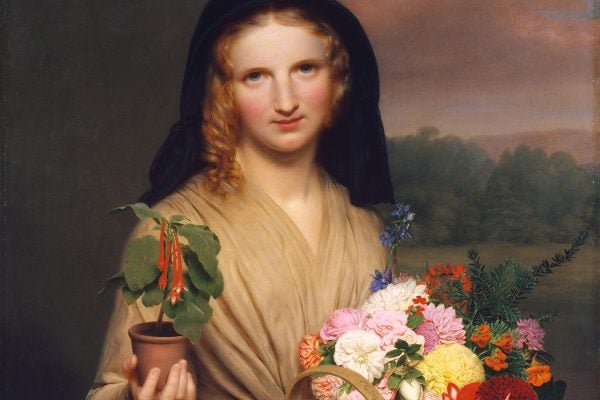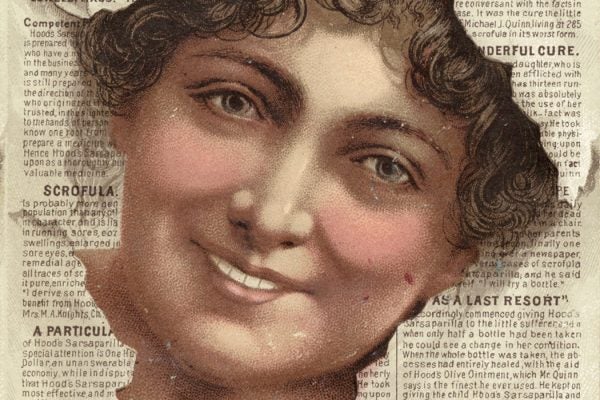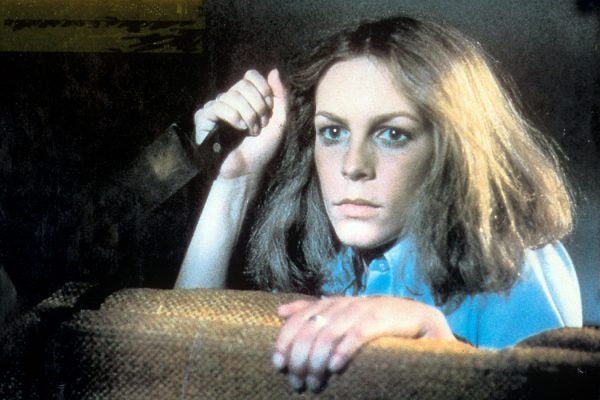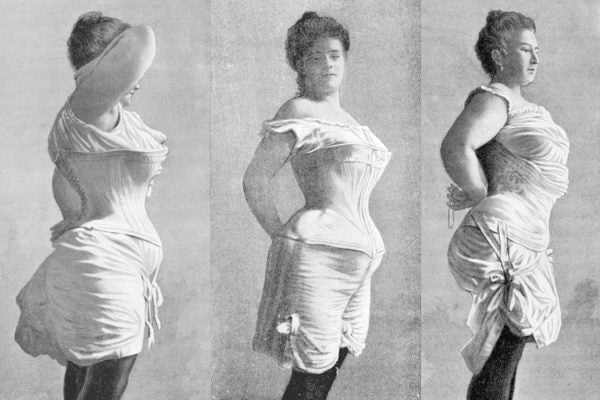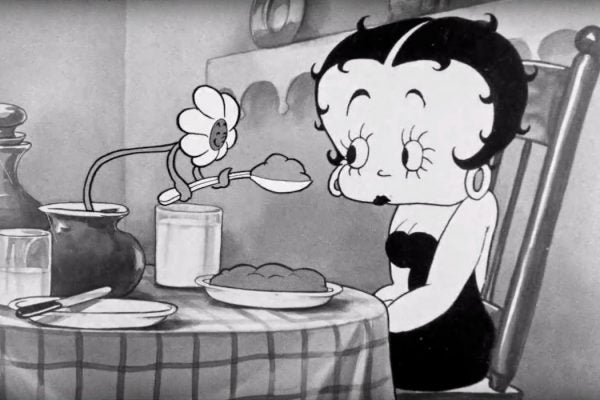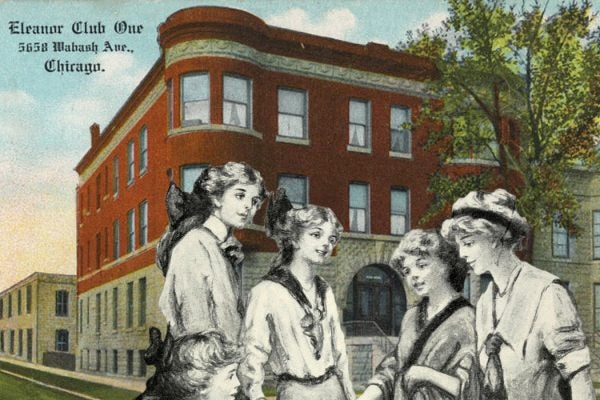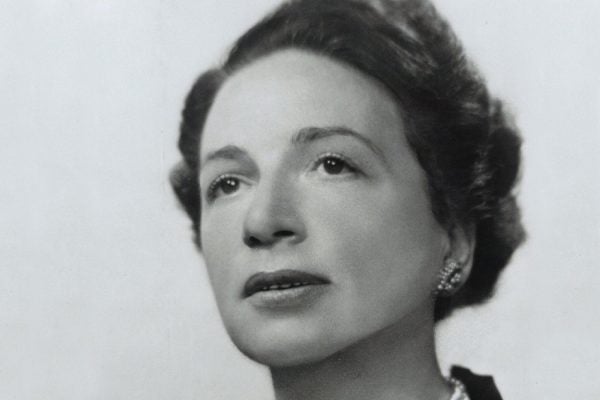When Botany Was for Ladies
In nineteenth century America, young women took to studying botany—a conjoining of interest, social acceptance, and readily available schooling.
How the Ban on Medical Advertising Hurt Women Doctors
Intended to protect consumers from unscrupulous quackery, a nineteenth-century ban on medical advertising proved to be a double-edged sword.
Branding the Breast Cancer Narrative
Do those ubiquitous pink ribbons stand for women’s health concerns... or for normative concepts of beauty?
Selling Slashers to Teen Girls
The heroines of 1970s and 80s teen horror movies were traditionally feminine, tough, and sexually confident.
Industrial London’s Maternal Child Abductors
In industrial-era England, children took on new value in family life. Around this time, they started to be stolen more often, too.
Jane Fonda Changed Fitness Forever
Jane Fonda's workout videos cracked open the idea of who exercise was for, but only to an extent.
How Colonialism Shaped Body Shaming
When did heaviness and curviness in women become connected with the idea of "savagery"? It has a lot to do with 19th-century imperialist world views.
Remaking Betty Boop in the Image of a Housewife
Betty Boop was literally designed to be a bombshell, but around 1935, her creators decided to change her appearance.
Co-Living, the Hot New Trend of 1898
Chicago's "Eleanor Clubs" were designed to give young, working women affordable and congenial places to live.
When Hortense Powdermaker Studied Hollywood
This anthropologist's research on contemporary American society probes the tensions between business and art in the film world.
